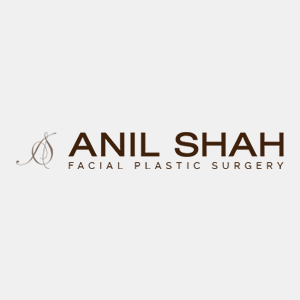
I broke my nose, now what?
A nose is the most commonly broken bone in the body. You may have broken it in the past and not even realized it.
The timing of the repair of the fracture depends on several issues. Are the nasal bones broken in isolation or is the septum also deviated and broken? If the nasal bones are broken in isolation, the nasal bones can be addressed earlier. If the nasal bones are broken in combination with a “broken nasal septum”, it is better to address the septum and the nasal bones in a few months. The rationale behind waiting for this period is that three months will allow the nasal edema to subside. In addition, the nasal bones will require an osteotomy. It is easier to perform an osteotomy on a patient when the nasal bones have rehealed, then when the bones are fragmented.
The nasal fracture can be addressed as an office procedure or as a minor operating room procedure depending on patent preference. A nasal cast is applied at the conclusion of the procedure and often times a light pack is placed for 24 hours. Patients can expect minor bruising and swelling around the eyes for a few days.
If the septum and nasal fracture are to be addressed, the procedure is best performed in the operating room. Again a cast and light packing is applied to the nose.
One of the problems with persistent crookedness after nasal fracture repair is that the fracture may not have been addressed.
I was initially disappointed with my early nasal fracture repair results after looking at persistent deviation on some of my noses. I was not sure why my nasal bones were still crooked even after I performed a text book osteotomy as described by many rhinoplasty surgeons.
Whenever I encounter a surgical problem where there is not an obvious answer, sometimes I like to break down the procedure to the basics: which included in this case anatomy. I removed the skin off of cadavers and noticed that the nasal bones themselves are not responsible for many nasal bone deviations. In fact, the central portion of the nasal bones are the most crucial portion to ensure a straight nose. This is mobilized by using the underlying nasal bones or perpendicular plate of the ethmoid.
Achieving symmetry in a deviated nose is one of the most difficult tasks in rhinoplasty. I will often have the patients take the cast off and start nasal exercises early on to help improve symmetry.
“The nose should fit the face”
A strong jawline would suggest a stronger nose.


